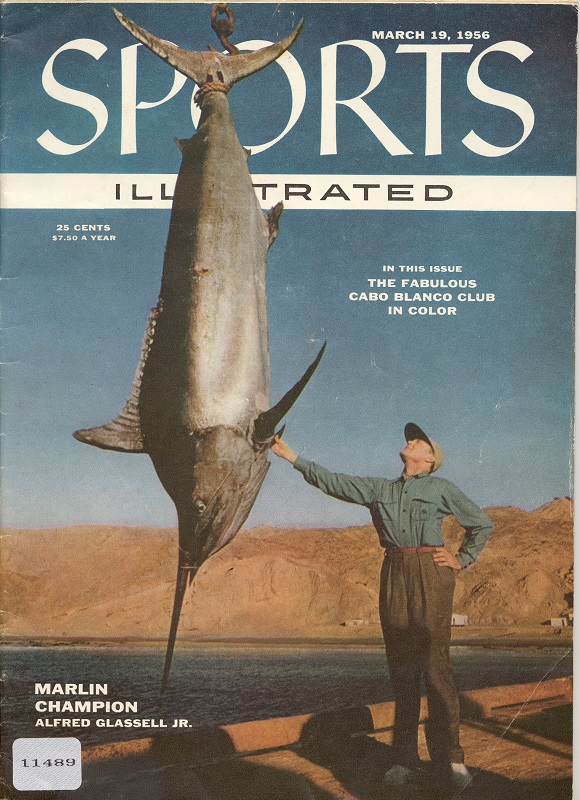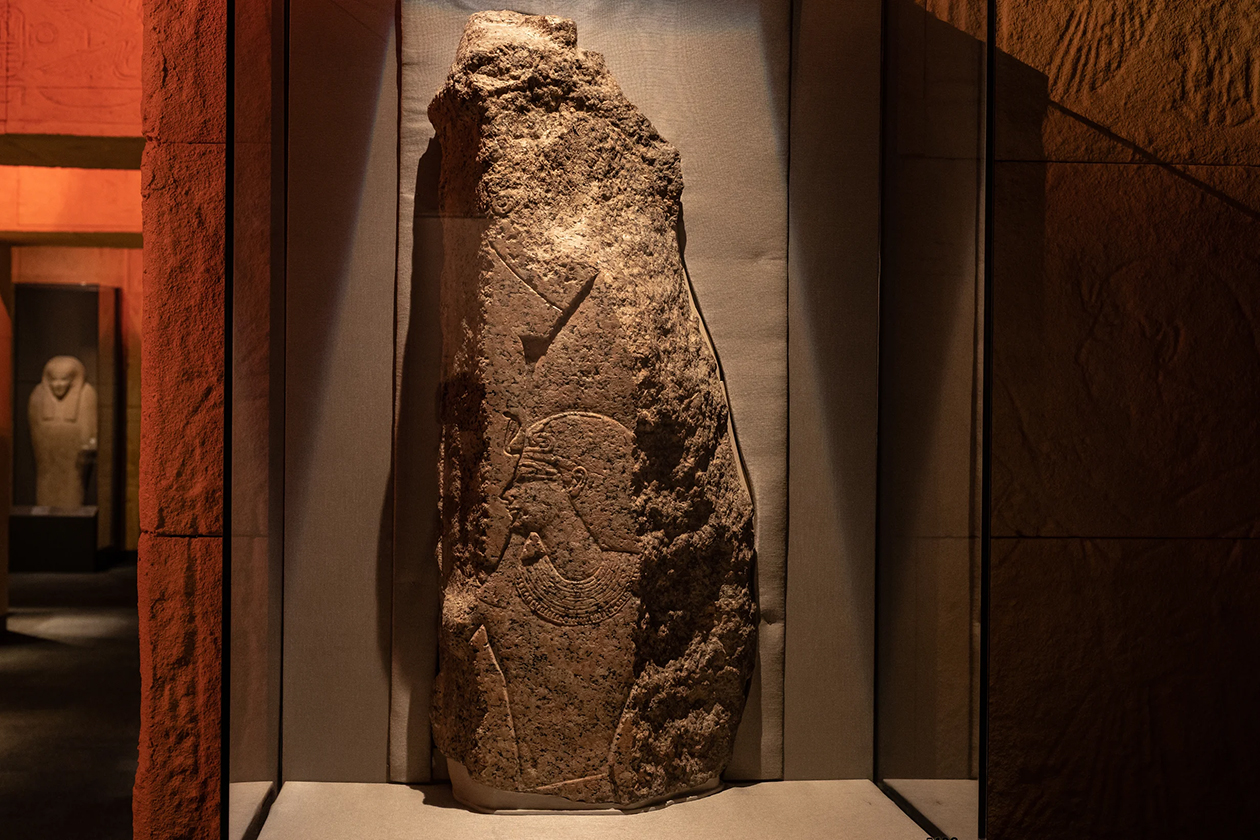Editor’s note: Today’s post was written by Monica L. McHam, a volunteer docent here at the Museum.
“Wow, I didn’t recognize you with clothes on!”
I stopped short and spun around to see my friend and fellow docent, Carl Driever, standing there with an impish grin plastered across his face. Carl continued, “I only meant that I’m used to seeing you in costume, rather than in regular clothes.” With that, Carl whistled his way down the hall.
I thought about that conversation later and realized I do spend a lot of my time at HMNS in costume. Although costuming is not required (or even typical) for docents at our Museum, there is a group of docents that regularly dress for special exhibits such as Civil War, Titanic, and currently, Magna Carta.
Making a costume can take a lot of energy and a lot of time — and it can be pricey. On the other hand, the cost of buying an outfit could equal the GDP of a small developing country! So docents who dress tend to be handy — and have sewing skills. Depending on the time of the year and the exhibit in question, wearing a costume can leave you unbearably hot or miserably cold. Add in make-up, corsets, heels, and wigs, and I wondered, “Why do we dress?” I decided to find out by talking to some of my friends who also “dress for success.”
I asked docent Kris Mills about dressing, and she had some very insightful comments.
She emphatically agreed that most costumes are hot; in fact, that is what she likes least about dressing. So, what does she like about dressing?
“I think it makes us approachable. We are less ‘teacherish,’ and perhaps less intimidating.” Then she confided that children “terrify” her (because she’s a bit shy)! And a costume is like a mask. “It helps get their attention and sometimes even their interest, but anonymously! Then we can have some fun.”
Nancy Fischer is a docent currently dressing in Magna Carta as the wife of a wealthy merchant. Like Kris, Nancy says dressing is a starting point for conversation. “Sometimes I’ll explain what character I am and then talk about the sumptuary laws and complain that I can’t wear certain colors or materials.” Nancy notes that this conversation often leads to a discussion of medieval life.
During tours of the Hall of Ancient Egypt, I am occasionally asked why I am wearing a shift when the women in the carvings are often bare “up there.” Like Kris and Nancy, I find this is a great introduction to a discussion of Egyptian art and the clothing of everyday Egyptians. I will admit, though, that the first time I was asked this question, by a third-grade boy, I wasn’t nearly as sanguine!
So we dress to inspire our patrons, with an added benefit of occasionally convincing other docents to jump on the bandwagon. Take Eileen Hatcher as an example: she decided to dress when she saw other docents “dedicated to costuming” and recognized that it was a fun and interesting way to interact with the public. She currently dresses as a poor peasant in Magna Carta — but elicits rich responses from Museum patrons!
Although docents who dress enjoy it and believe their efforts are worthwhile, occasionally patrons react in unexpected ways.
Kris relates the following story. “The first time I was in Titanic, I had laced myself too tightly into the corset and could not sit down the entire morning. Since I was representing the only woman who climbed out of a lifeboat back onto the Titanic, one kid said, ‘Well, you were pretty stupid, weren’t you?’”
In addition to dealing with corsets, sometimes there is a “wardrobe malfunction” (albeit not of the Janet Jackson variety). Nancy says that the most embarrassing moment was when her headscarf slipped off in the middle of a Magna Carta tour. Knowing Nancy, I have a wonderful image of her holding her scarf with one hand, wrapping the other end of the scarf around her head with her other hand, and continuing her discussion of the relative merits of the English long bow versus the crossbow — without skipping a beat!
Docent Kathryn Fairbanks is often seen in Magna Carta near the Crusader knight, who sports a chain maille hauberk. Kathryn demonstrates the fine art of making chain maille to Museum patrons. While she does so, she dresses in a long black dress and swirling cape.
She says, “While wearing a costume is definitely one of my favorite parts of volunteering, it does have its drawbacks. One of my main problems is getting all the long, swirly cloak/dress/sleeves caught in the wheels of my rolling kit. It’s a minor problem to fix, but annoying when I have to stop every few minutes to retrieve my hemline.”
Like many other docents who dress, I find dressing fun — and I take every opportunity to do so. In recent years, my costumes have included a scribe’s wife for the Hall of Ancient Egypt, a coal stoker for Titanic, and an archaeologist for Lascaux Caves. Kris has dressed as a Civil War-era farm woman, a Renaissance noblewoman, and a first-class matron for Titanic, just to name a few. For Civil War, docent Pat Hazlett dressed as a genteel lady in purple satin with her grandmother’s cameo. For Titanic, Pat morphed into a first-class passenger who could have been the model for a fashion plate from a 1912 Ladies’ Home Journal. (Trivia alert: Ladies’ Home Journal was the first million-circulation magazine in America.)

Discovering the Civil War. L to R: Monica McHam, Museum staffer Rich Hutting, Kris Mills, and Pat Hazlett.
Docents who dress agree that dressing helps them bring the exhibit to life and provides patrons with a more meaningful exhibition experience. But dressing is not just about patron interaction. Occasionally, there are personal experiences that can leave a talkative docent, well, speechless.
For example, if you dress as a gorgeous boyar noblewoman while driving to the Museum, you can expect to receive many strange looks from fellow Houston drivers. If driving while dressed as a gorgeous boyar noblewoman is not your cuppa tea, like Kris, that means you have to schlep the costume to the Museum, find a colleague to help you get into the many layers of satin and lace, tie all the ties, ensure the pearls hang just so, find someone to help you take it all off, and then, finally, schlep it all back home again.
Oh yes — somewhere in the midst of all the wardrobe details, you manage to give a tour in costume!
If, on the other hand, you are comfortable driving while dressed, you might get more than just looks. One night, driving home from an evening tour and still dressed as a Renaissance nun, I stopped at a fast food drive-through for late-night fortification. The cashier asked me, in all seriousness, to bless her! Now that was a big gulp! I simply told her that I was certain she was already blessed, took my drink, and hightailed it to the safety of my home.

Monica McHam as a Florentine Renaissance nun for Gems of the Medici — the costume that elicited the strange reaction at the local drive-through.
Everyone at our Museum appreciates the many contributions of our more than 300 active docents. Our docents enhance the experience of Museum patrons by enhancing their fun, enriching their educational understanding, and providing a multifaceted appreciation of our permanent and special exhibits.
However, there is a special group of docents that go just one step further to enliven the experience of Museum patrons: docents who dress! Be sure to look for costumed docents on your next Museum visit — and be sure to offer them thanks for their creative efforts above and beyond the call of duty.














